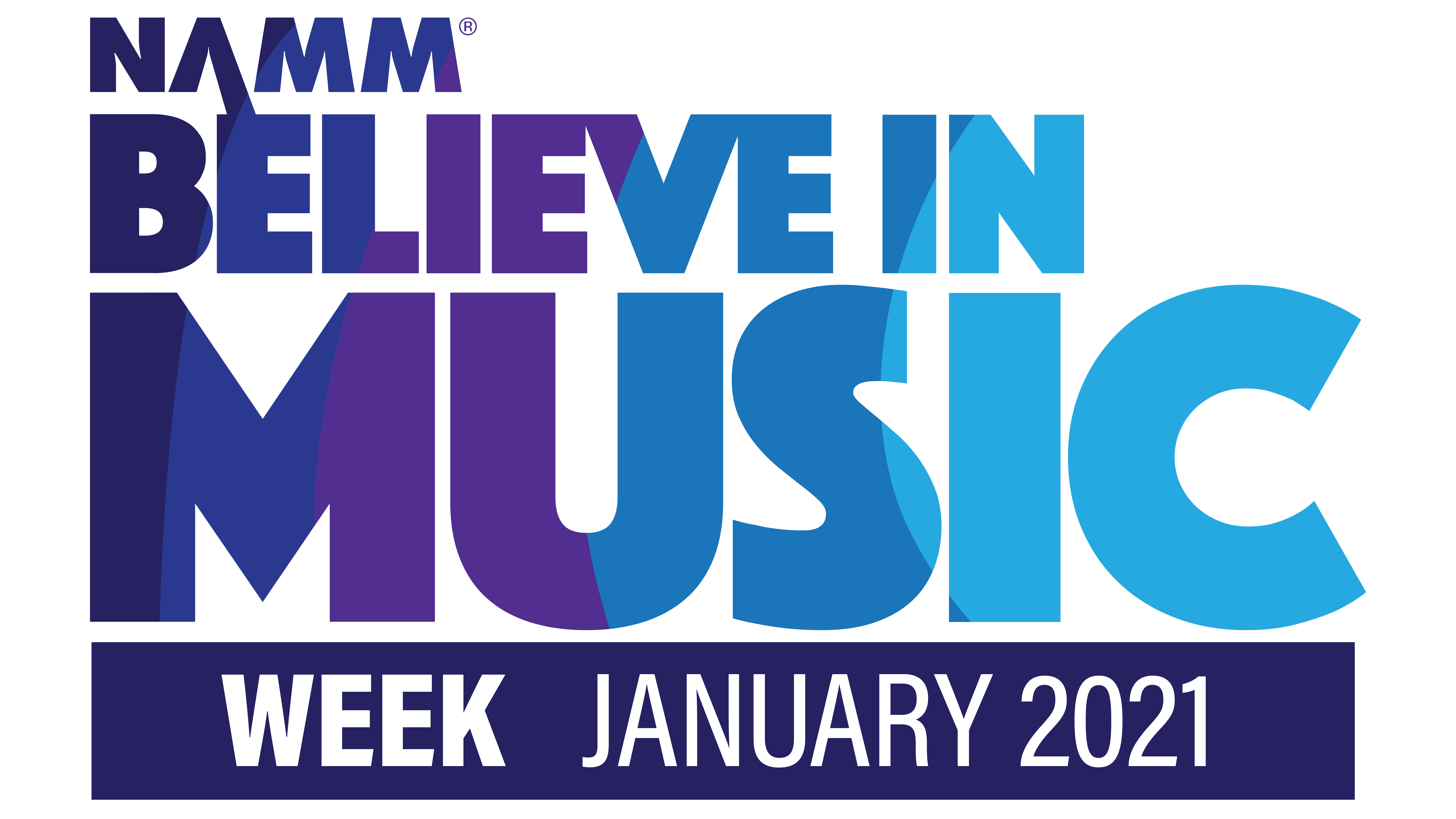One of the most requested items on DVD authoring lists is the “magic black box that will take my stereo program and make it into surround.” Those of us who work on projects that require “upmixing” (extracting and extrapolating surround sound from 2-channel material) will often post that “one box won’t do it” and “you need years and years of honing audio engineering skills” to make an acceptable upmix. Although this may be true in the strictest sense, the z-K6 Surround Processor ($12,500 retail) comes very close to being the magic black box for many 2-channel audio examples.
A collaboration between Glenn Zelniker (the “Z” in Z-Systems Audio Engineering) and Bob Katz (the “K” in K-Surround), the z-K6 embodies years and years of mastering experience, psycho-acoustic research and empirical tweaking.
THE BASICS
The logic flow behind the z-K6 is based on two functional blocks: The first one extracts the three front channels (left front, center and right front) from the stereo input. The second one extracts the two back channels (left surround and right surround), as well as the LFE (Low-Frequency Effects) channel. These correspond to the typical 5.1 surround home theater speaker setup of LCR in the front and Ls, Rs in the back. The LFE channel is sometimes labeled “sub” in the z-K6. Without going into a discussion on bass management and its relationship to large theater vs. home theater setups, it’s safe to say that this is the area where those “years and years of honing audio engineering skills” will come in handy. There’s one output for LFE (sub), and it’s up to the engineer to decide how to handle it in the monitors and in the final layback.
Using the z-K6 requires a professional digital setup. The I/O is all-digital: It has three AES/EBU ports for input and three for output. An AES/EBU distribution amplifier, or switcher, that is capable of handling 96kHz audio is necessary, because you must generate three copies of the stereo material (with perfectly synchronous timing) for those three input ports. We used our Lighthouse Digital 96-point AES/EBU switcher, but you could also use a Z-Systems Digital Detangler.
In the current revision, the z-K6 does not auto-detect sample rate. The user must select the sample rate manually, and it’s a good idea to check often to make sure you have done this. A couple of times when we thought we had lost the center channel to a patchbay malfunction, the cause turned out to be an apparent sampling-rate mismatch.
OPERATION
The z-K6 front panel is straightforward with clean organization. There’s a large alphanumeric FIP display for adjustable parameters, with six multifunction buttons underneath. Three big knobs reside under the display and its accompanying buttons, flanked on the left by System, Master Bypass and Dither/Sample Rate buttons and on the right by a Load/Save/MIDI button, as well as an EQ, Master Level and Offsets (toggle) button. In the upper-right area are three LED indicators for AES/EBU lock for the three channel pairs.
Toggling the EQ/Master Level/Offsets button to the Level functions screen assigns the left knob to channel volume offset control and the right knob to master level control. A small button under a channel label first selects the channel; pressing the button mutes the channel, and a third press unmutes the channel and resets it to the value prior to muting. You can also solo a channel by pressing and holding its assigned button.
Pressing the System button reveals the Front Ambience screen and assigns K-front level control to the left knob and algorithm selection to the right knob. K-level is the amount of ambience extraction. It spreads uncorrelated ambience to the front soundstage and enhances depth and imaging of instruments and vocals. Its range varies from “off” to +6.0 dB.
There are eight ambience-enhancement algorithms: four 2-channel combinations of small or wide and deep, and four 2-channel combinations with the same parameters. If you select a 3-channel algorithm, a center channel is derived and controlled via the center knob, with a focus parameter varying from 0° to 90°. If the focus is set to 0°, then the center channel receives all of the mono component; at 90°, it is split equally between left and right, so L and R output is the same as L and R input (with a phantom center). We found the focus control to be invaluable when constructing a director’s commentary for a DVD-Video. The director wanted the soundtrack on the commentary track, with 5.1 channels but without the original dialog. It was easy to set the focus control to 0 and replace the center channel with the director’s spoken-word track.
Pressing the left-most small button under the display navigates the user from the “LRC” page to the “LRS” page, moving from the front soundstage channels to the rear surround ambience and the LFE cut controls. Again, the left knob controls K-level for the rear channels, while the right knob controls the cut-off frequency for the LFE lowpass filter.
In a similar fashion, both front and rear blocks may be shaped by input and ambience filters. Input high- and low-shelving filters have variable corner frequencies and shelf gains. The ambience filter consists of high- and lowpass, as well as a fully parametric bell filter with controls for gain, bandwidth and center frequency.
In the Wordwidth/Sample Rate screen, the user adjusts sample rate (32 to 96 kHz) and selects from 24, 20 or 16 bits dithered or 24 bits undithered. Dither is a variant of TPDF and includes POW-r noise shaping.
Users can save and recall the entire state of the z-K6 via MIDI presets. Our evaluation unit came with only one preset out of the available 50: preset 00. It recalls the z-K6’s default settings and cannot be overwritten. The unit also supports limited automation via MIDI commands, including program changes and system exclusive.
TESTING, TESTING…
We began with a client’s modern country pop tune, which was overly bright, overly compressed, and thick with artificial instruments and several different reverbs. Although the z-K6 brought some nice air and wideness to the soundstage, the center revealed the vocal processing’s ugliness with even more clarity. The surrounds were brittle, and when the whole thing was sent through a Dolby Digital encode/decode loop, the surrounds fragmented even more, which I expected. The z-K6 can work magic on many types of audio, but it cannot perform miracles.
An orchestral mix fared much better. This recording combined spot mics with two spaced-omnis that were too close to the orchestra and too far apart from each other. The z-K6 created a greatly improved center, while the front soundstage and surrounds gave the effect of sitting front and center in the recording space. We were wowed by the separation of the instruments and the clarity of the reproduction. My partner thought the surrounds were a bit bright. However, the z-K6 has rear ambience EQ, and it’s easier to remove brightness than add it.
On a wonderful stereo recording of solo cello in a large, slightly reverberant space, I could clearly hear the rosin of the bow, the slap of the hand against the lower body and the resonance of the body with long tones. Again, the z-K6 was true to the original recording’s clarity and provided delightfully natural surrounds. Other methods of “extraction” with various techniques muddied the sound of the rosin and lacked the front depth of field that was captured by the original recording and revealed by the z-K6.
THE VERDICT
The Z-Systems z-K6 produced solid results on many types of stereo material. On most classical pieces, we liked it a lot better than other upmixing methods. The unit also relieved us of having to generate a center channel via Dolby Surround (Pro Logic) de-matrixing, with the added benefit of luscious surrounds. Because this box has active EQ, we’d like to see some overload indicators, and a few presets would help introduce users to the box. For many projects, however, the z-K6 saved the day when other “magic black boxes” couldn’t perform the trick. Move this one to the top of your shopping list.
Dist. by TransAmerica Audio Group, 4760 West Dewey Dr., Suite 129, Las Vegas, NV 89118; 702/365-5155; fax 702/365-5145; www.transaudiogroup.com; www.z-sys.com.
K.K. Proffitt is the co-owner of JamSync, a multichannel surround mixing, mastering, DVD authoring and encoding facility located on Nashville’s Music Row.






